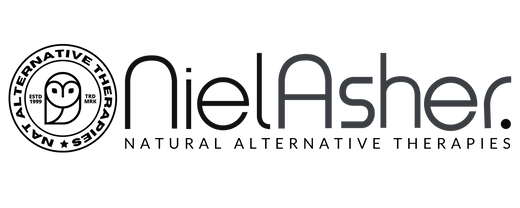Trigger Pointy Therapy - The Physiology of Muscle Contraction

Understanding Nerve Impulse and Muscle Action
Each muscle fiber is innervated by a single motor nerve fiber, ending near the middle of the muscle fiber. A single motor nerve fiber and all the muscle fibers it supplies is known as a motor unit.
The number of muscle fibers supplied by a single nerve fiber is dependent upon the movement required. When an exact, controlled degree of movement is required, such as in eye or finger movement, only a few muscle fibers are supplied; when a bigger movement is required, as in large muscles like gluteus maximus, several hundred fibers may be supplied.
Individual skeletal muscle fibers work on an “all or nothing” principle, where stimulation of the fiber results in complete contraction of that fiber, or no contraction at all – a fiber cannot be “slightly contracted.” The overall contraction of any named muscle involves the contraction of a proportion of its fibers at any one time, with others remaining relaxed.
Nerve impulses cause the skeletal muscle fibers at which they terminate, to contract. The junction between a muscle fiber and the motor nerve is known as the neuromuscular junction, and this is where communication between the nerve and muscle takes place.
A nerve impulse arrives at the nerve’s endings, called synaptic terminals, close to the sarcolemma.
These terminals contain thousands of vesicles filled with a neurotransmitter called acetylcholine (ACh). When a nerve impulse reaches the synaptic terminal, hundreds of these vesicles discharge their ACh. The ACh opens up channels, which allow sodium ions (Na+) to diffuse in. An inactive muscle fiber has a resting potential of about -95 mV.
The influx of sodium ions reduces the charge, creating an end plate potential. If the end plate potential reaches the threshold voltage (approximately -50 mV), sodium ions flow in and an action potential is created within the fiber.

A motor unit of a skeletal muscle.
No visible change occurs in the muscle fiber during (and immediately following) the action potential. This period, called the latent period, lasts from 3–10 msec.
Before the latent period is over, the enzyme acetylcholinesterase breaks down the ACh in the neuromuscular junction, the sodium channels close, and the field is cleared for the arrival of another nerve impulse.
The resting potential of the fiber is restored by an outflow of potassium ions.
The brief period needed to restore the resting potential is called the refractory period.
So how does a muscle fiber shorten?
This has been explained best by the sliding filament theory (Huxley & Hanson, 1954), which proposed that muscle fibers receive a nerve impulse that results in the release of calcium ions stored in the sarcoplasmic reticulum (SR).
For muscles to work effectively, energy is required, and this is created by the breakdown of adenosine triphosphate (ATP).
This energy allows the calcium ions to bind with the actin and myosin filaments to form a magnetic bond, which causes the fibers to shorten, resulting in the contraction.
Muscle action continues until the calcium is depleted, at which point calcium is pumped back into the SR, where it is stored until another nerve impulse arrives.
Find a Trigger Point Professional in your area
Nationally Accredited Home-Study Courses
This trigger point therapy blog is intended to be used for information purposes only and is not intended to be used for medical diagnosis or treatment or to substitute for a medical diagnosis and/or treatment rendered or prescribed by a physician or competent healthcare professional. This information is designed as educational material, but should not be taken as a recommendation for treatment of any particular person or patient. Always consult your physician if you think you need treatment or if you feel unwell.















